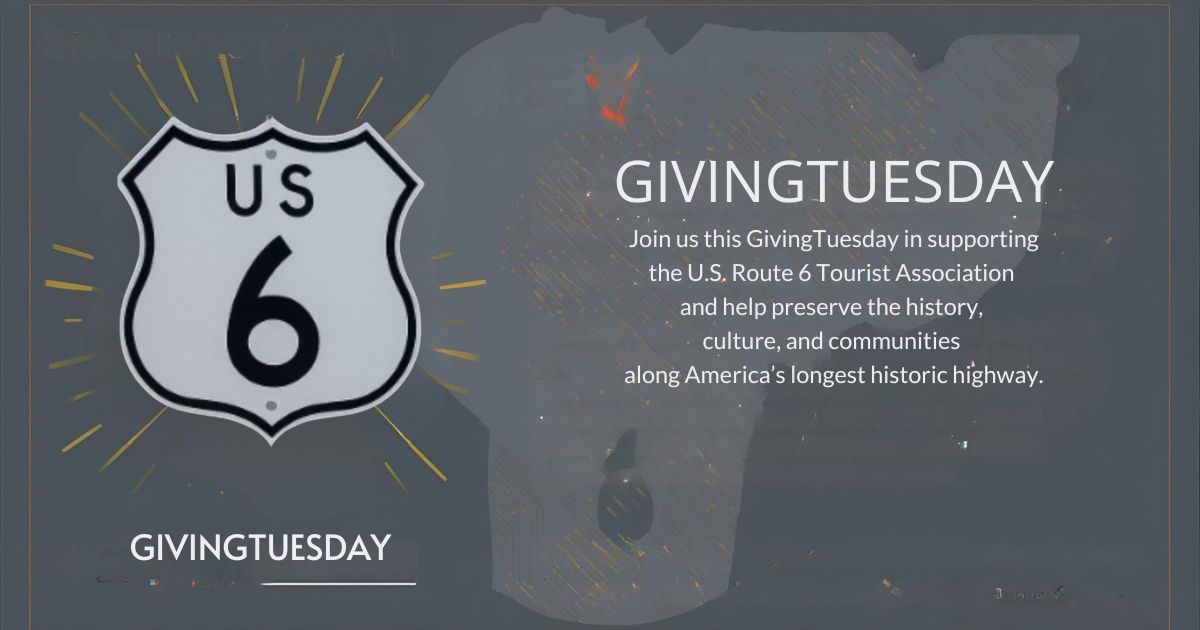How Schema Markup Elevates Route 6 Tourist Association’s Visibility & Authority
The Route 6 Tourist Association plays a vital role in preserving and promoting the history, culture, and attractions along America’s historic U.S. Route 6 — stretching from Massachusetts to California. In today’s digital landscape, one of the most powerful tools helping the Association gain visibility, attract tourists, and build nonprofit credibility online is schema markup.
What Is Schema Markup?
Schema markup (or structured data) is a type of code embedded in the website that provides search engines like Google with additional context about the content on each page. While users see text, images, and links, search engines see a highly structured data map that explains what the content means — not just what it says.
For the Route 6 Tourist Association, schema markup allows us to clearly identify:
- Our role as a nonprofit organization dedicated to highway preservation
- The many attractions, museums, landmarks, and historic sites along Route 6
- Events, news updates, and featured stops that are valuable for travelers
- Contact information, social media profiles, and organizational credentials
Why Schema Markup Matters for Tourism-Related Searches
Travelers planning their Route 6 journeys often search for phrases like:
- “historic Route 6 attractions”
- “things to do on Route 6”
- “Route 6 travel guide”
- “Route 6 museums and landmarks”
With properly implemented schema markup, search engines can:
- Display rich snippets (enhanced search results with images, ratings, and additional details)
- Improve local search rankings for museums, walkable towns, scenic stops, and events
- Highlight the Association’s authority as the official source for Route 6 tourism information
This means potential visitors see more informative search results that make it easier to choose Route 6 for their next road trip.
Strengthening Nonprofit Authority
In addition to tourism benefits, schema markup also reinforces the Route 6 Tourist Association’s nonprofit mission. Through structured data, we communicate to search engines that:
- We are a recognized nonprofit organization
- Our mission is centered on historic highway preservation, tourism promotion, and economic development
- Our content serves the public good, aligning with Google’s guidelines for trustworthiness and authority
This helps build digital credibility, potentially leading to stronger search rankings, better visibility in knowledge panels, and increased donor trust.
Examples of Schema Types Used
On the Route 6 Tourist Association website, we actively implement multiple schema types, including:
Organization&NonProfitOrganization(clarifying our legal status)TouristAttraction(highlighting landmarks and points of interest)Event(for special happenings and seasonal activities)LocalBusiness(for partner businesses, museums, and local attractions)Breadcrumb(to improve navigation and indexing structure)
Each of these plays a role in signaling relevance, trust, and authority to Google and other search engines.
The Forward Path
As search engines continue to prioritize high-quality, well-structured content, schema markup remains an essential part of the Route 6 Tourist Association’s digital strategy. By helping travelers find accurate, up-to-date information and by establishing the Association as the trusted voice for America’s longest contiguous highway, schema markup ensures that Route 6 stays in the spotlight — both as a travel destination and as a piece of living American history.

TGIF too!